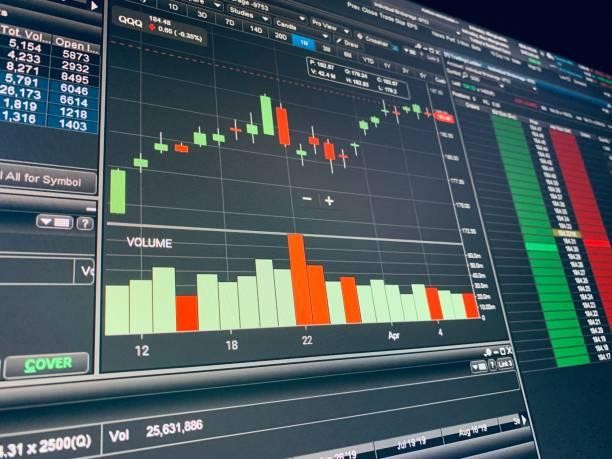Not all trading involves buying and holding assets. In today’s fast-moving markets, traders often look for ways to react quickly to price changes, without the need to actually own the asset. That is where CFDs come in. While the term might sound technical, Contracts for Difference have become one of the most widely used tools for short-term trading across global financial markets.
In this article, Aurum Group review and explain how CFDs work, what traders should consider before using them, and why the broker includes them in its broad list of tradable instruments.
What Is a CFD?
A CFD, or Contract for Difference, is a financial derivative that allows traders to speculate on price changes of an underlying asset without owning it. You pick an asset, like Gold, and if you think its price will go up, you can open a buy position. If you think it will drop, you can open a sell position. When you close your trade, the broker pays you the difference in the asset’s price if your prediction was right. If you were wrong, that difference becomes your loss.
So, you are not buying the actual asset, just trading the price movement. That is what makes CFDs popular with traders who want flexibility and fast access to global markets.
A Quick History of CFDs
CFDs have been around since the 1990s. They started in the UK as a tool for hedge funds. Over time, online trading platforms made them available to everyday traders. Now, you can find them offered by most global brokers across forex, crypto, indices, and more.
Aurum Group, for example, is one of the brokers that provides CFD trading across a wide range of assets. With over 20 years in the market, the broker offers both the tools and experience beginners need when exploring how CFDs work.
How CFD Trading Works
CFD trading is mostly about timing and direction. You open a position based on where you think the market is heading. Let’s say you believe Tesla’s stock will rise. You open a long CFD position. If the stock price goes up and you close the position at a higher level, the profit is yours. If it drops, that difference is your loss.
The same works the other way. If you expect Tesla to fall, you can short it by opening a sell position.
What’s interesting about CFDs is that you can trade with leverage. This means you only need to deposit a small percentage of the trade’s value to open the position. But leverage can be risky as it boosts both your potential profits and your losses.

What Can You Trade?
CFDs cover a huge variety of markets. These include:
- Major and minor forex pairs like EUR/USD or GBP/USD
- Popular cryptocurrencies like Bitcoin and Ethereum
- Stocks like Tesla, Microsoft, or Meta
- Indices such as the Nasdaq or US30
- Commodities like oil, gold, and silver
Aurum Group gives traders access to over 150 different symbols across these categories. This is especially useful if you like switching between markets depending on global news or trading trends.
Pros and Cons of CFD Trading
There are some strong advantages to trading CFDs that make them appealing to many traders. First, there is no need to actually own the asset to benefit from its price movements. This means traders can gain exposure to markets without the complexity of physical ownership. Another benefit is the ability to short the market just as easily as going long, allowing traders to potentially profit from falling prices, not just rising ones. CFDs also require a much smaller starting deposit compared to traditional investing, thanks to the use of leverage. Lastly, because traders are not buying the actual asset, there are no storage costs involved, which helps keep trading more cost-effective
However, CFD trading also comes with its fair share of risks. Because of leverage, even small market moves can cause large losses. Also, CFDs can be affected by overnight fees and rapid price swings. That’s why it is smart to use risk-management tools like stop-loss and limit orders.
Final Thoughts
Some traders like slow and steady. Others prefer something that moves, responds, and lets them act on instinct backed by data. That is where CFDs quietly fit in. Not for everyone, but powerful in the hands of someone who has done their homework.
For traders who want to try something more responsive than traditional investing, CFDs can offer exactly that kind of space.
With a platform like Aurum Group, you will find a structured environment that combines educational support, analytical tools, and a broad range of CFD instruments. So, if someone is looking for a way to trade price movement instead of holding assets, this might just be the route they take.



 Bitcoin
Bitcoin  Ethereum
Ethereum  Tether
Tether  XRP
XRP  Wrapped SOL
Wrapped SOL  USDC
USDC  Lido Staked Ether
Lido Staked Ether  TRON
TRON  Cardano
Cardano  Avalanche
Avalanche  Toncoin
Toncoin